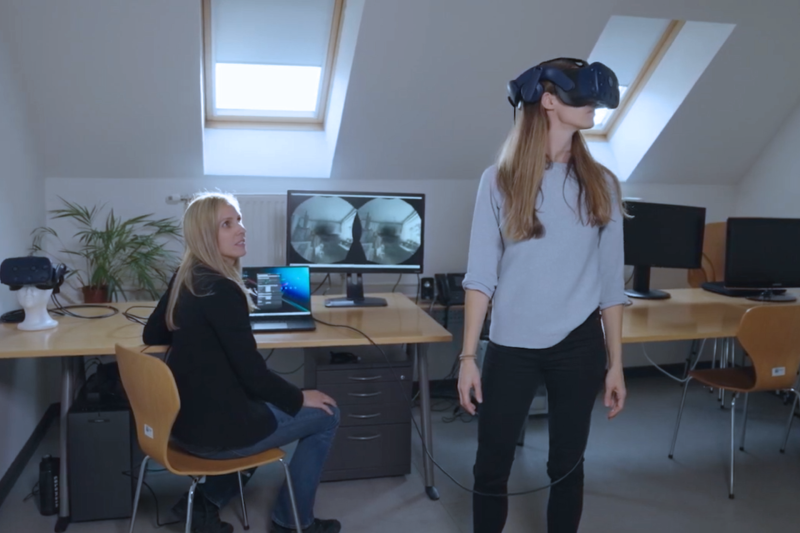Our Partners:





What is XREye
XREye uses cutting-edge virtual and augmented reality vision impairment simulations—enhanced by eye-tracking—to transform how we understand vision impairments, making the invisible challenges of millions visible.
Rooted in interdisciplinary research, our immersive software empowers professionals, raises public awareness, and fosters inclusivity, paving the way for a world where accessibility knows no barriers.
VR & AR
XREye simulates vision impairments in VR, AR, and 360° images, making it the ultimate tool for immersive, impactful experiences. By seamlessly transitioning between these three viewing modes, XREye empowers users to understand accessibility challenges in both digital designs and real-world settings, inspiring meaningful change.
Eye Tracking
XREye leverages advanced eye-tracking technology to simulate gaze-dependent vision impairments with exceptional realism. Seamlessly integrating with modern tools like Pupil Labs and Tobii eye trackers, it delivers precise simulations that bring a new level of authenticity to immersive experiences.
Research Driven
XREye is built on a foundation of interdisciplinary expertise, combining computer graphics, extended reality, ophthalmology, and visual perception. Our vision impairment simulation techniques are rigorously validated and supported by peer-reviewed scientific publications, ensuring accuracy and reliability.
Use Cases
XREye’s immersive XR simulations are transforming how we approach vision impairments across diverse fields. From raising public awareness and training medical personnel to supporting doctor-patient communication and ensuring accessible design, XREye empowers users to create more inclusive and empathetic environments.
Raising Awareness
Raising Awareness
Training Medical and Healthcare Personnel
Training Medical and Healthcare Personnel
Supporting Doctor-Patient Communication
Supporting Doctor-Patient Communication
Accessible Design
Accessible Design

Let’s illuminate unseen challenges and build a brighter, more accessible world.
About Us
We are dedicated to transforming how the world understands vision impairments. Combining cutting-edge technology with a deep commitment to inclusivity, our award-winning software empowers professionals, raises awareness, and inspires meaningful change. With roots in interdisciplinary research and a vision for a more accessible future, XREye stands at the forefront of innovation, bridging the gap between technology and human connection.
Our Services
Immersive solutions for understanding vision impairments.
For those who want to understand the challenges faced by individuals with vision impairments, XREye provides immersive XR tools that simulate complex eye conditions like cataracts, AMD, cornea disease, or color blindness. Unlike static images or basic simulations, our services offer a realistic, first-hand experience that enhances training, improves communication, and deepens understanding.
